

Articles
How To Store Freshly Made Bread
Modified: January 5, 2024
Learn expert tips and tricks on how to store freshly made bread to keep it fresh and delicious for longer. Read our informative articles now!
(Many of the links in this article redirect to a specific reviewed product. Your purchase of these products through affiliate links helps to generate commission for Storables.com, at no extra cost. Learn more)
Introduction
There’s nothing quite like the aroma and taste of freshly made bread. Whether it’s a crusty baguette, a soft loaf of brioche, or a hearty whole wheat bread, the moment it comes out of the oven is pure bliss. But how do you keep that just-baked freshness intact for as long as possible? The answer lies in proper storage.
Properly storing freshly made bread not only helps to maintain its texture and flavor but also extends its shelf life. Nobody wants to bite into a stale, dry piece of bread. In this article, we’ll explore the importance of proper storage for fresh bread and discuss various factors to consider when storing it.
When it comes to storing bread, there are a few key factors to keep in mind. First, you need to consider the type of bread you’re working with. Different bread varieties have different textures and moisture levels, which can affect their storage needs. Second, you need to think about the environmental conditions, such as temperature and humidity, which can impact the shelf life of bread. Finally, the storage duration is also a crucial factor. Are you planning to consume the bread within a few days or do you want to store it for an extended period of time?
Now that we’ve established the importance of proper bread storage and the factors to consider, let’s explore the different storage options available for freshly made bread. From storing bread at room temperature to refrigeration and freezing, each method has its own pros and cons.
So, whether you’ve just baked a loaf of bread at home or picked up a fresh one from your local bakery, buckle up as we delve into the world of bread storage. By the end of this article, you’ll be armed with the knowledge and tips to keep your freshly made bread deliciously fresh for longer.
Key Takeaways:
- Properly storing freshly made bread is crucial for preserving its quality, taste, and texture, extending its shelf life, and preventing waste. Consider factors like bread type, environmental conditions, and storage duration for optimal results.
- Whether at room temperature, in the refrigerator, or in the freezer, each storage method has its advantages and considerations. Choose the best method based on your bread type, preferences, and desired shelf life to enjoy freshly made bread for longer.
Read more: How To Store Fresh Made Bread
Why is Proper Storage Important for Fresh Bread?
Proper storage is crucial for preserving the quality and freshness of freshly made bread. Here’s why:
- Prolongs shelf life: Freshly baked bread tends to have a shorter shelf life compared to commercially produced bread, which often contains preservatives. By storing fresh bread properly, you can extend its shelf life and enjoy it for longer.
- Maintains texture: Freshly made bread has a desirable texture, with a crispy crust and a soft, moist interior. Improper storage can lead to moisture loss or excessive moisture absorption, which can result in a stale or soggy texture.
- Preserves flavor: The delicious flavors of freshly baked bread come from the quality ingredients, precise measurements, and careful baking process. Proper storage helps retain these flavors, so you can savor every bite.
- Prevents mold growth: Bread is prone to mold growth, especially in warm and humid conditions. By storing bread correctly, you can minimize the chances of mold contamination and maintain its freshness.
- Saves money: If you regularly make homemade bread or buy fresh bread from a bakery, proper storage can save you money by reducing waste. Instead of tossing out stale or moldy bread, you can enjoy every slice.
It’s important to note that the specific storage requirements may vary depending on the type of bread you’re working with. For example, crusty bread like baguettes or sourdough may have different storage needs compared to more delicate bread, such as brioche or challah.
Now that we understand why proper storage is important for fresh bread, let’s dive into the factors to consider before storing your delicious creations.
Factors to Consider Before Storing Freshly Made Bread
Before you store your freshly made bread, there are several important factors to consider. These factors will help you determine the best storage method and ensure your bread stays fresh and delicious as long as possible.
- Bread type: Different types of bread have different moisture contents and textures. Crusty bread with a thick crust, like baguettes or artisanal loaves, will benefit from different storage conditions than softer bread like brioche or sandwich bread. Consider the unique characteristics of your bread when deciding how to store it.
- Environmental conditions: The temperature and humidity of your kitchen or storage area can impact how quickly your bread goes stale or moldy. Warmer and more humid environments can accelerate the spoiling process, while cooler and drier conditions can help preserve freshness. Take into account the climate and conditions of your surroundings.
- Storage duration: Are you planning to consume the bread within a day or two, or do you need it to stay fresh for longer? The storage method may vary depending on the duration you intend to keep the bread. Short-term storage options may differ from long-term options.
- Preservation of crust: If you want to maintain a crispy crust, you need to consider the storage method carefully. Some storage methods, like plastic bags, can soften the crust, while others, such as keeping the bread in a paper bag, can help preserve it. Determine how important crust preservation is to you and choose your storage method accordingly.
- Slicing preferences: If you prefer pre-sliced bread or plan on slicing the entire loaf at once, you may want to consider storage options that allow for easy slicing. For example, freezing the bread and then slicing it while still frozen can be a convenient option.
Considering these factors will help guide your decision on the best storage method for your freshly made bread. In the next sections, we’ll explore various storage options and provide tips for each method. Whether you choose to store your bread at room temperature, in the refrigerator, or in the freezer, we’ve got you covered.
Different Storage Options for Freshly Made Bread
When it comes to storing freshly made bread, there are different options available depending on your preferences and the specific needs of the bread. Let’s explore some of the most common storage methods:
- Room Temperature: Storing bread at room temperature is suitable for short-term storage, typically up to a few days. Place the bread in a bread box or a breathable container to protect it from air exposure while still allowing for some moisture to escape. Keep the bread away from direct sunlight and heat sources. If your kitchen tends to be warm or humid, consider using a bread box with a ventilation system to maintain optimal conditions.
- Refrigeration: Refrigeration can help prolong the shelf life of your bread, but it’s not ideal for all types of bread. While refrigeration can slow down the staling process, it can also make the bread dry and stale faster. If you decide to refrigerate your bread, store it in a plastic bag or wrap it tightly in plastic wrap to prevent moisture loss. Keep in mind that refrigeration is better suited for softer bread like sandwich bread rather than crusty or artisan bread.
- Freezing: Freezing is a great option for long-term storage, allowing you to enjoy freshly made bread for weeks or even months. The key to freezing bread successfully is proper packaging. Wrap the bread tightly in plastic wrap or aluminum foil to prevent freezer burn and place it in a freezer-safe bag or container. To avoid moisture loss, some people prefer to slice the bread before freezing, so they can easily retrieve individual slices as needed.
- Bread Box: A bread box is a specialized container designed to maintain the ideal conditions for storing bread. It provides protection from air exposure while allowing for some moisture to escape, thereby preventing the bread from becoming stale or moldy. Bread boxes come in various sizes and styles, so you can choose one that suits your kitchen décor and storage needs.
- Paper Bag: Storing bread in a paper bag is a popular choice, especially for crusty bread. The paper bag helps to retain the bread’s natural moisture while allowing excess moisture to escape, thus preserving the crispy crust. However, keep in mind that bread stored in a paper bag may dry out faster compared to other storage methods.
It’s important to note that the optimal storage method may vary depending on the type of bread and your specific preferences. Some experimentation may be needed to find the best storage option that keeps your bread fresh and delicious.
In the next sections, we’ll delve deeper into each storage method, providing you with detailed instructions and tips to maximize the freshness of your bread. Whether you choose to store at room temperature, in the refrigerator, or in the freezer, we’ve got you covered with our expert advice.
Storing Bread at Room Temperature
Storing bread at room temperature is a popular choice for short-term storage, typically up to a few days. Follow these tips to keep your bread fresh and delicious without the need for refrigeration:
- Choose the right container: Opt for a bread box or a breathable container to store your bread. These containers help to protect the bread from air exposure while allowing for some moisture to escape. Avoid using airtight containers or plastic bags, as they can trap moisture and lead to a soggy texture.
- Keep it away from heat and sunlight: Bread stored at room temperature should be kept away from direct sunlight and sources of heat, such as stovetops or radiators. Excessive heat can accelerate the staling process and spoil the bread faster. Find a cool, dry spot in your kitchen or pantry to store your bread.
- Wrap it properly: If your bread did not come in a package, wrap it loosely in a clean kitchen towel or wax paper before placing it in the storage container. This helps to protect the bread from direct air exposure while still allowing for some airflow.
- Check and remove any stale pieces: As bread stored at room temperature can go stale relatively quickly, it’s essential to check for any signs of staleness. If you notice any stale or dry areas, remove them before consuming the bread. Freshen up the remaining slices by lightly toasting or warming them in the oven.
- Plan consumption accordingly: When storing bread at room temperature, it’s best to plan your consumption accordingly. Bake or purchase smaller loaves if you know you won’t finish a large loaf within a few days. This helps to minimize waste and ensure you enjoy the bread at its freshest.
Storing bread at room temperature is ideal for crusty bread like baguettes, sourdough, or artisanal loaves. These bread varieties tend to have a thicker crust that can become chewy or lose its crispness if stored in a plastic bag or the refrigerator.
Remember that the exact shelf life of bread stored at room temperature can vary depending on factors such as the moisture content of the bread and the environmental conditions in your kitchen. It’s always best to rely on your senses to determine if the bread is still fresh and enjoyable.
In the next section, we’ll explore the option of storing bread in the refrigerator, which can be a suitable choice for prolonging the shelf life of certain bread types.
Store freshly made bread in a paper bag or bread box at room temperature for up to 2-3 days. Avoid storing in plastic, as it can trap moisture and make the bread soggy.
Read more: How To Store Fresh Bread To Keep It Fresh
Storing Bread in the Refrigerator
Refrigeration can help prolong the shelf life of bread, but it’s important to note that it may not be the best option for all types of bread. Here are some guidelines for storing bread in the refrigerator:
- Consider the bread type: Not all bread varieties are well-suited for refrigeration. Softer bread like sandwich bread or rolls can tolerate refrigeration better than crusty bread, as they have higher moisture content. Crusty bread stored in the refrigerator may become dry and stale faster.
- Proper packaging is key: To prevent the bread from drying out in the refrigerator, it’s crucial to wrap it tightly in plastic wrap or place it in a sealed plastic bag. This helps to retain moisture and protect the bread from absorbing any odors from other foods in the refrigerator.
- Trim or re-crisp if necessary: When you remove bread from the refrigerator, it may have lost some of its crispness. If desired, you can trim the ends and lightly toast or warm the slices in the oven to regain some of the texture and freshness.
- Consume within a few days: While refrigeration can help extend the shelf life of bread, it’s still best to consume refrigerated bread within a few days. The texture and flavor may start to deteriorate after that time. If you do not plan to consume the bread within this timeframe, consider freezing it for longer storage.
It’s worth mentioning that refrigeration can lead to retrogradation, a process where the starch in bread undergoes changes, resulting in a stale texture. This is why refrigeration is generally not recommended for crusty or artisan bread, as it can compromise their quality.
Despite the possible drawbacks, refrigeration can be a suitable option for those living in warmer and more humid climates, where bread tends to spoil quickly. By following proper packaging techniques and consuming refrigerated bread within the recommended timeframe, you can extend its shelf life and reduce waste.
Next, we’ll explore the option of freezing freshly made bread, which offers the longest storage duration and helps maintain optimal freshness.
Storing Bread in the Freezer
If you want to extend the shelf life of your freshly made bread even further, freezing is the way to go. Freezing bread properly helps retain its freshness and allows you to enjoy it for weeks or even months to come. Here’s how to store bread in the freezer:
- Wrap it tightly: Before freezing, make sure to wrap the bread tightly in plastic wrap or aluminum foil. This will prevent freezer burn and protect the bread from moisture loss. Alternatively, you can place the bread in a freezer-safe bag that seals tightly.
- Consider pre-slicing: If you know you’ll be consuming the bread in individual slices, consider pre-slicing it before freezing. This allows you to take out only the portions you need without having to thaw the entire loaf. It’s important to slice the bread while it’s still fresh and then immediately freeze the slices.
- Remove excess air: When wrapping the bread for freezing, try to remove as much air as possible from the packaging. This helps to maintain the bread’s quality and prevents potential freezer burn. Use your hands or a vacuum sealer if available to create a tight seal.
- Label and date: To keep track of the storage duration, label the package with the type of bread and the date it was frozen. This will help you identify the bread easily and ensure that you use it within a reasonable timeframe.
- Thawing and reheating: When you’re ready to enjoy the frozen bread, remove the desired number of slices from the freezer and let them thaw at room temperature. To refresh the bread’s texture and structure, you can lightly toast it or warm it in the oven. Avoid microwaving frozen bread, as it can result in a soggy or unevenly heated outcome.
When properly stored, bread can be kept in the freezer for up to three months without significant loss in quality. However, it’s always best to consume the bread within the first month for optimal flavor and texture.
Freezing is particularly beneficial when you have an excess of freshly made bread or want to stock up for future use. By freezing bread, you can reduce waste and ensure you always have a supply of delicious bread on hand.
Now that we’ve explored storage options for freshly made bread, let’s move on to some helpful tips for preventing stale bread and maximizing its freshness.
Tips for Preventing Stale Bread
Keeping your bread fresh and preventing it from going stale is essential for a delightful eating experience. Here are some helpful tips to ensure your bread stays fresh for as long as possible:
- Buy or bake in smaller quantities: If you’re not planning to consume a large loaf of bread within a few days, consider buying or baking smaller quantities. This way, you can have freshly baked bread more frequently, reducing the chances of it going stale.
- Store in the right container: Choose the appropriate storage container for the type of bread you have. Crusty bread stays fresher when stored in a paper bag to maintain its texture, while softer bread benefits from a breathable container or a bread box.
- Avoid excess air exposure: Oxygen can hasten the staling process. If you’re not using a specific storage method like a bread box, wrap your bread tightly in plastic wrap, wax paper, or aluminum foil to limit air exposure and maintain freshness.
- Keep away from heat and moisture: Both heat and moisture can affect the texture and taste of your bread. Store bread away from direct sunlight, stovetops, or any humid areas in your kitchen to prevent it from drying out or becoming soggy.
- Store at the right temperature: Different bread types have slightly different temperature preferences. Crusty bread, like baguettes or sourdough, benefits from being stored at room temperature to keep the crust crispy. Softer bread, such as sandwich bread, can be stored either at room temperature or in the refrigerator to extend its shelf life.
- Refresh stale bread: If you find that your bread has gone slightly stale, there are ways to revive it. Lightly moisten the crust with water and put it in a preheated oven for a few minutes to regain some of its freshness and crispness.
- Make use of leftover bread: If you have stale bread that you don’t want to consume as it is, consider transforming it into delicious dishes. Stale bread can be used to make breadcrumbs, croutons, bread pudding, or even French toast.
- Consider freezing: As mentioned earlier, freezing is a great way to preserve bread for longer periods. If you find yourself with excess bread, slice it and store it in the freezer for future use. Just make sure to thaw it properly before enjoying.
By following these tips, you can prevent your bread from going stale too quickly and enjoy the fresh and delightful taste of your baked goods for an extended period of time.
Now that you’re equipped with knowledge on preventing stale bread and various storage options, let’s wrap up our article.
Conclusion
Properly storing freshly made bread is essential to preserve its quality, taste, and texture. Whether you’ve baked it at home or purchased it from a bakery, following the right storage methods can help extend the shelf life and ensure you enjoy every delicious bite.
Consider the factors discussed in this article, such as the bread type, environmental conditions, storage duration, crust preservation, and slicing preferences, when deciding how to store your bread. Each storage option – room temperature, refrigerator, and freezer – has its advantages and considerations, so choose the method that best suits your needs.
When storing bread, always use the right containers or packaging materials to protect it from air exposure while still allowing for some moisture regulation. Pay attention to temperature, keeping bread away from heat sources and storing it in appropriate conditions to prevent spoilage.
In addition, implementing the tips to prevent stale bread, such as buying or baking smaller quantities, refreshing stale pieces, and making use of leftover bread, can further enhance your bread storage experience.
Remember to trust your senses when determining if bread is still fresh and enjoyable. The appearance, texture, and smell of bread can provide valuable insights into its freshness.
By mastering the art of bread storage, you can reduce waste, extend the life of your baked goods, and enjoy the pleasure of freshly made bread for extended periods.
So go ahead, bake that batch of bread, follow the recommended storage methods, and savor the aroma and taste of your creations for days to come. Happy baking and happy bread storage!
Frequently Asked Questions about How To Store Freshly Made Bread
Was this page helpful?
At Storables.com, we guarantee accurate and reliable information. Our content, validated by Expert Board Contributors, is crafted following stringent Editorial Policies. We're committed to providing you with well-researched, expert-backed insights for all your informational needs.
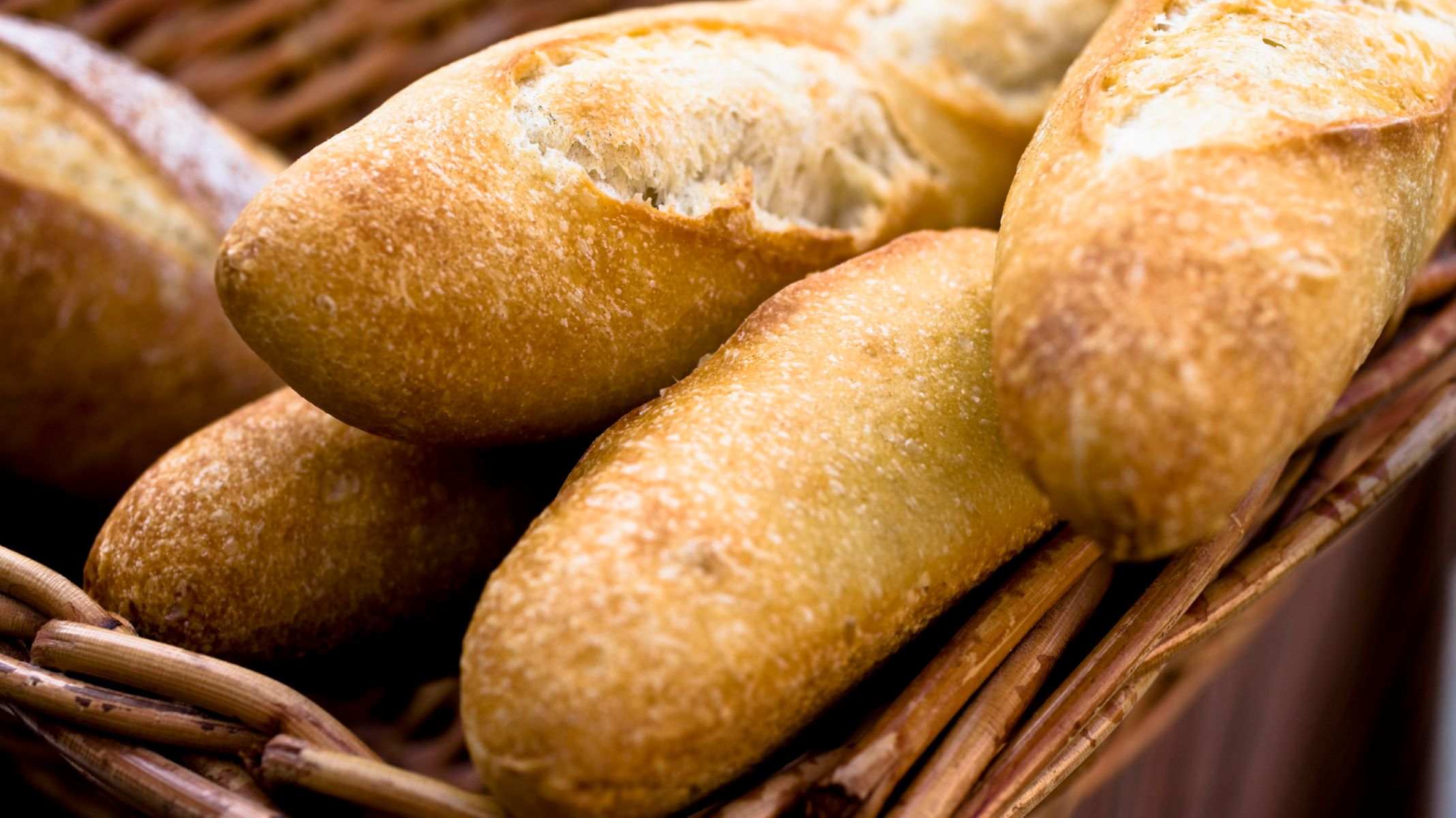
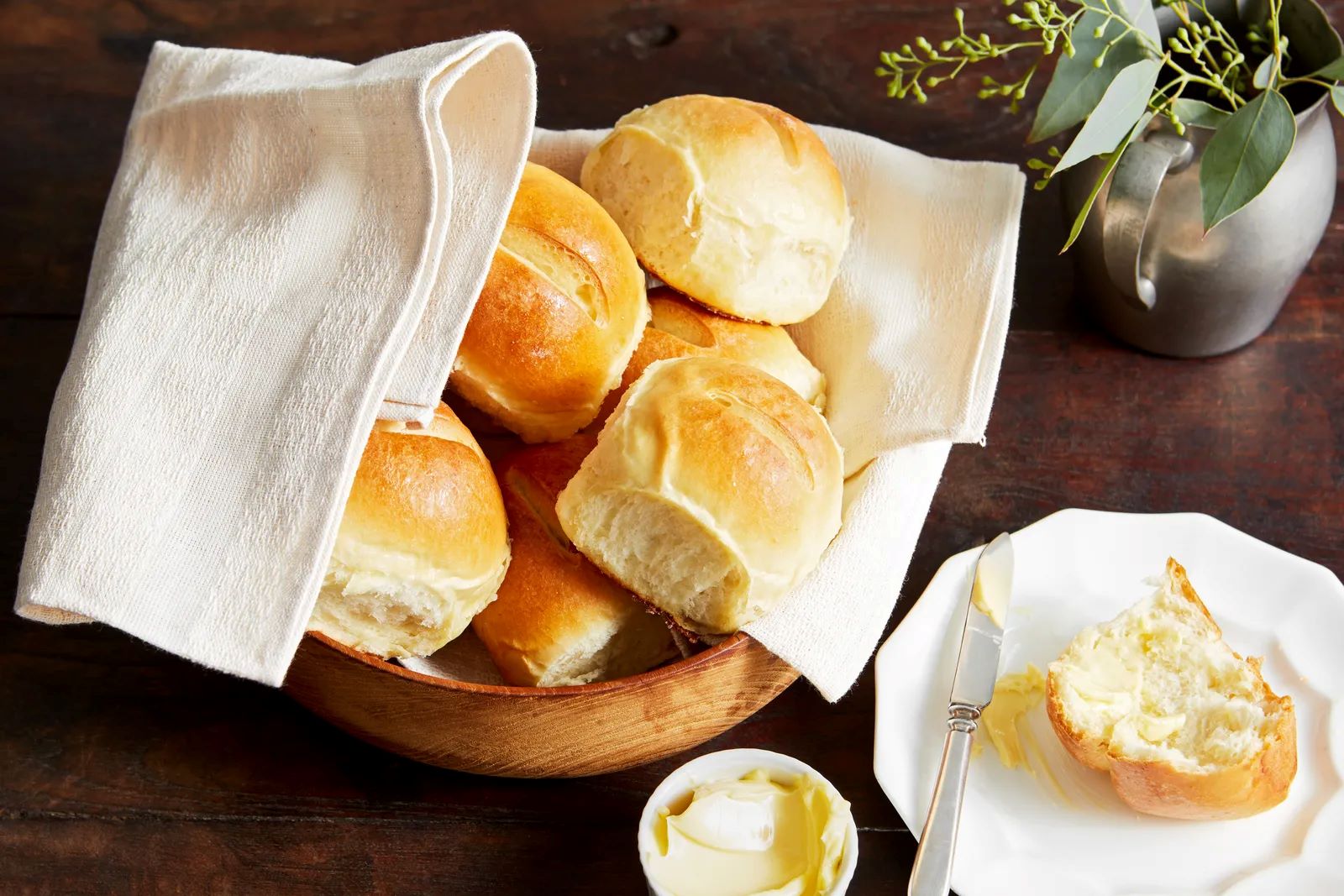
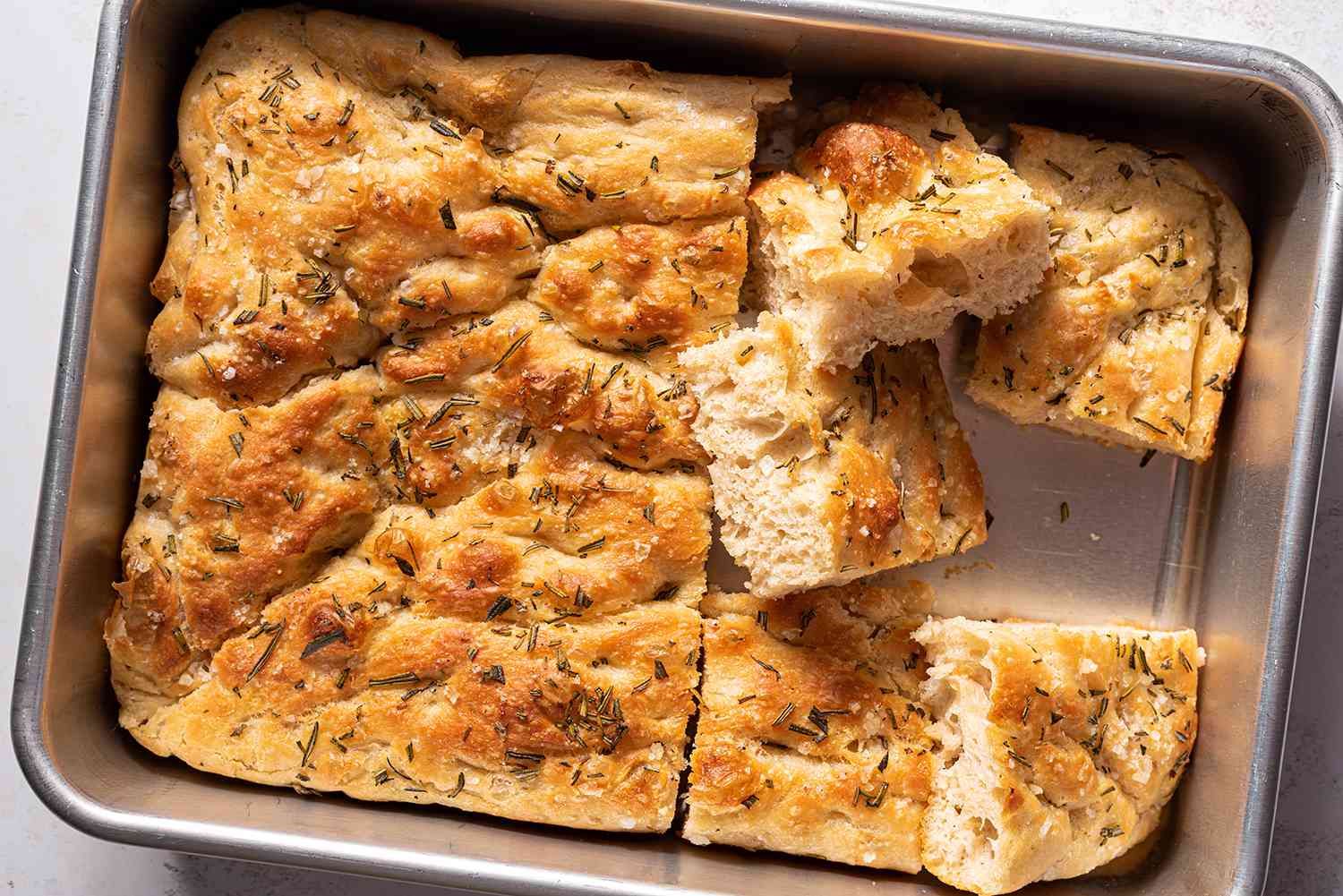
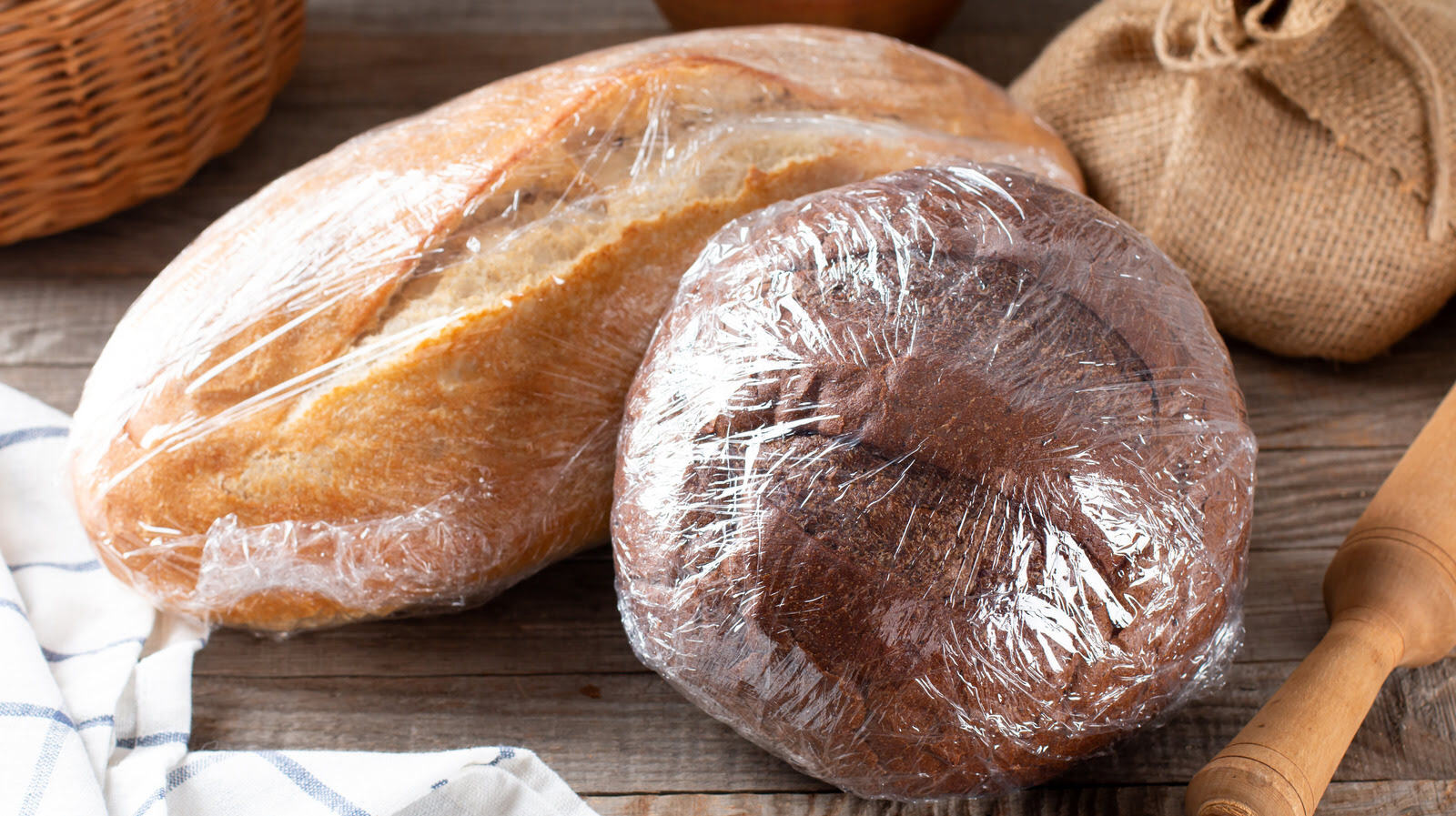
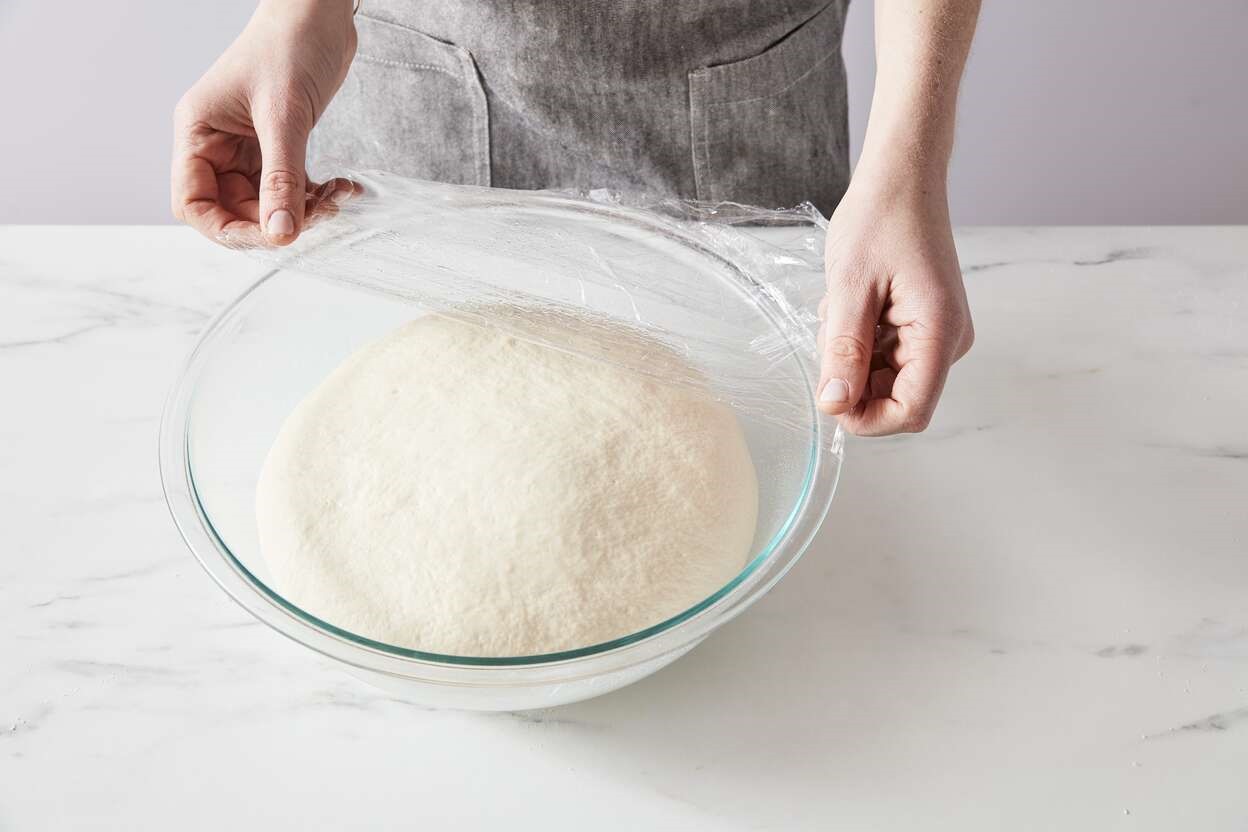

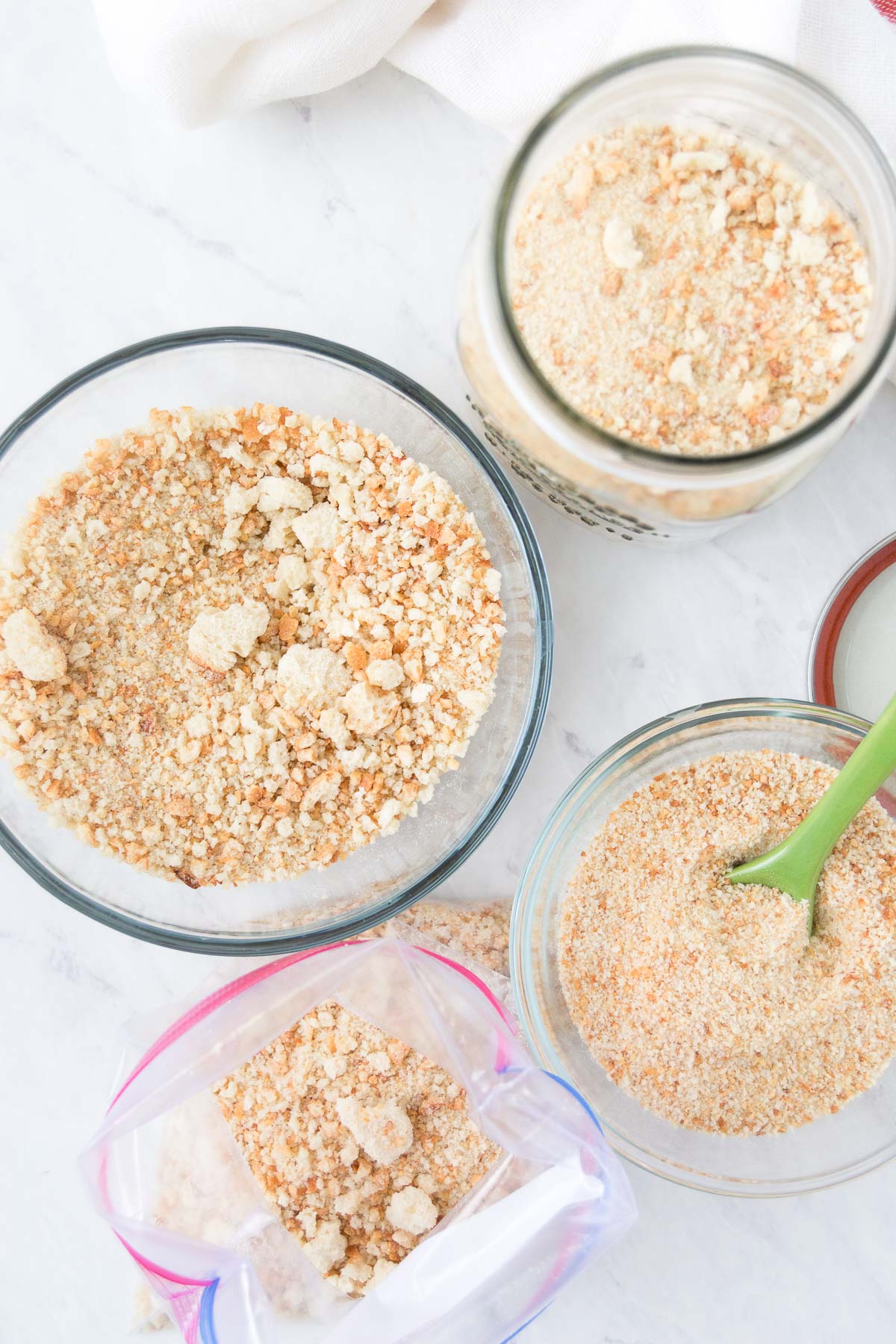
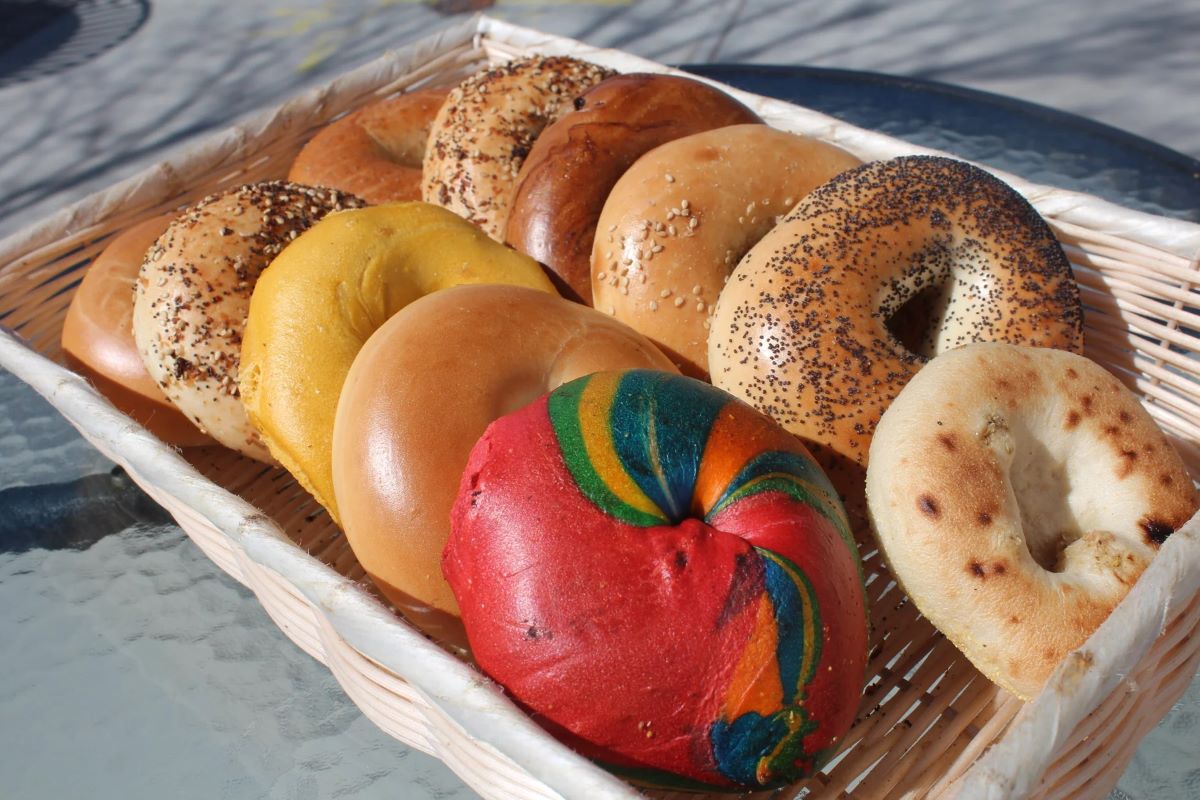

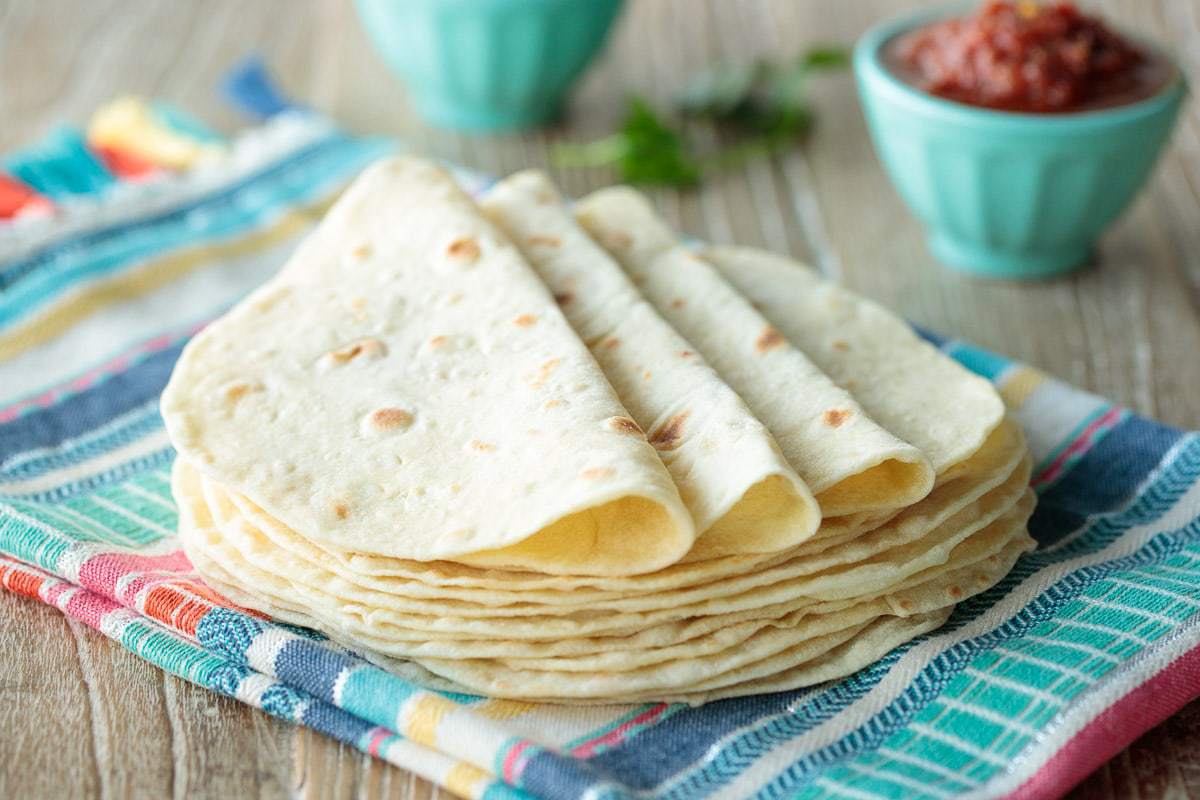
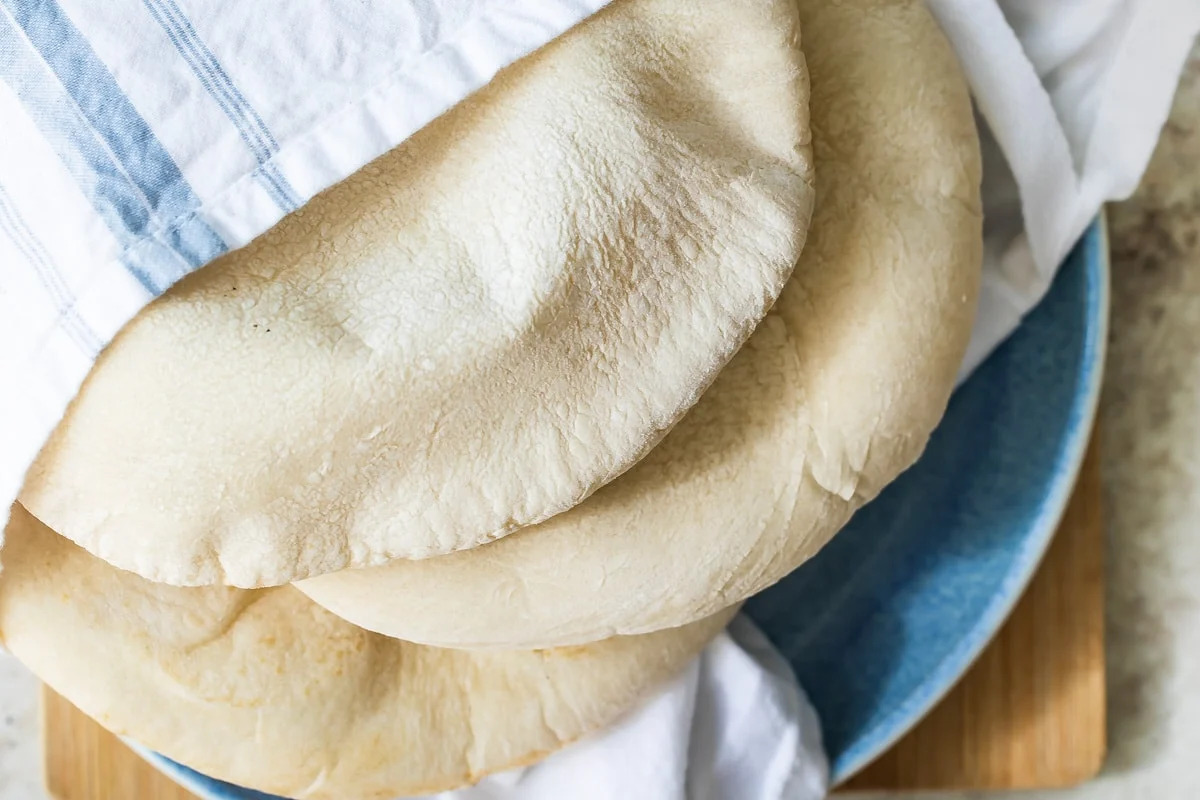

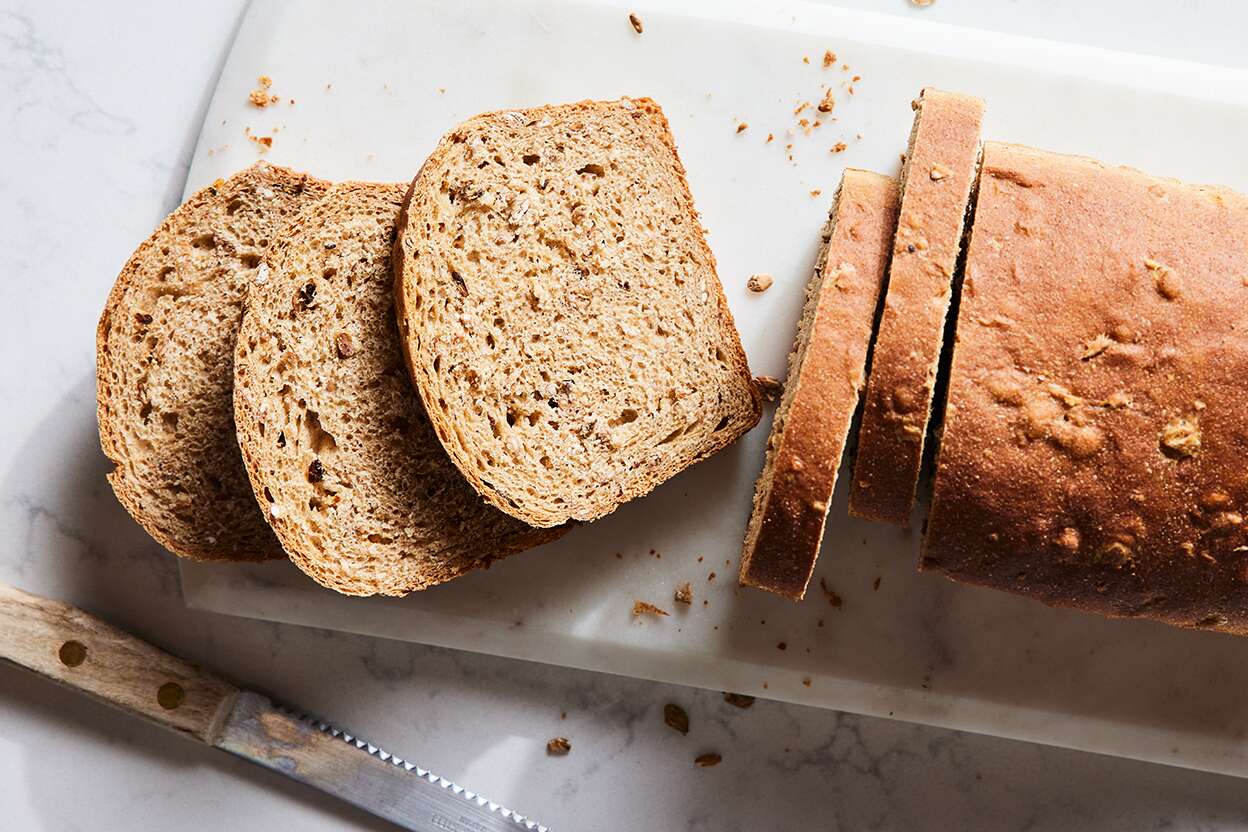
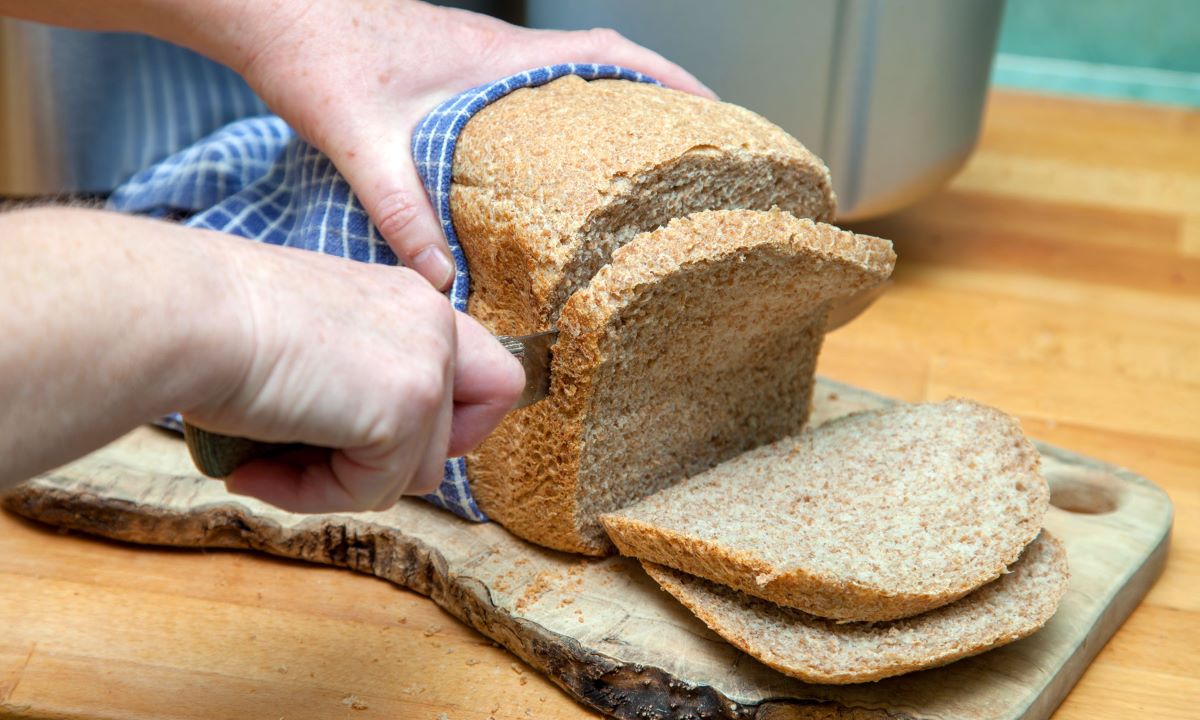

0 thoughts on “How To Store Freshly Made Bread”